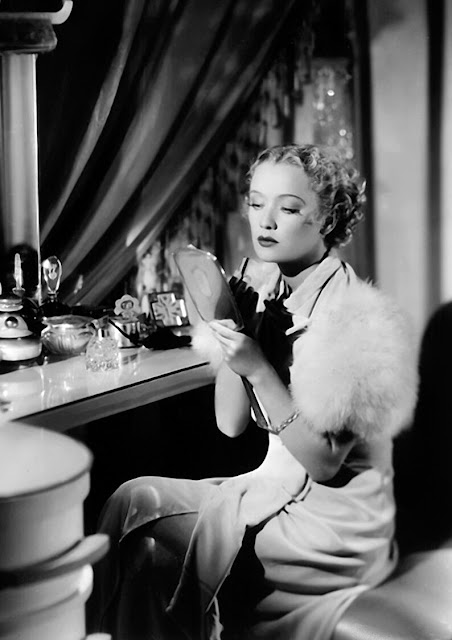Kaye Ballard: Flying High
Tenn in Conversation
New Orleans
1982
From Artistic Suicide
My particular obsession is
with the voice. Everyone on the face of the earth has not only the voice by
which they communicate words and sounds, but they have what I can only call a
psychic or spiritual voice, which effects the timbre and the quality of the
sounds they emit, not to mention the stories they tell. One’s voice is the
means by which your soul gets let out to wander and play and finds friends to
play with—if I were to put it on a really remedial level. The voice is not only
auditory—it is literary. These very words I’m saying to you are coming through
the voice that is working for me today. The cultivation and the husbanding of
the voice is a lifelong habit and requirement. This is why I read and re-read
things. I want to see how the writer got his soul around a particular obsession
and then chose to share it through words orchestrated on a page. This is why I
can’t be in a silent house for very long. I need music, so I can try to
understand how composers and musicians transmitted a story through the tools at
their command. This is why I become obsessed with singers, who are among our
greatest storytellers. The name of the game is communication—not art. Art
happens if you happen to be an artist. It cannot be forced. One can’t work at
being an artist. One only works and prays that things work well. Ella
Fitzgerald never got in the way of a song—it poured through her and rolled
toward your feet like a warm wave. Hers was a seductive, trusting voice: She
knew you would wait for it to wash up over your feet and ankles. Barbra
Streisand is a great artist, but she has no trust: There are too many tricks
and theatrical gestures that she feels she needs to keep you listening. Try
listening to Streisand all afternoon. It won’t work. I can last about an hour,
and then I’m tired. I’m tired for her and I’m tired for myself. Jo Stafford had
a haunting quality—and nothing else. There wasn’t an actress inside of her—an
artist—to throw the story, like a javelin of chords, across a wide path.
Stafford worked a small piece of property, and it was nice, but it was small.
If you were to somehow place one’s most comfortable chair in the most
extraordinary chapel, a building with the most remarkable acoustics and the
grandest organ on earth, and if you were to wear your most comfortable clothes
and stretch back and desire the most organic and the clearest means of telling
a story through song, you would find someone like Kaye Ballard. Kaye Ballard
can sing in a basement or on Broadway or on a gaudy television program, and it is
crystal clear and confident: It is a master storyteller telling you a story.
She never gets in the way of her songs either. She doesn’t just work a big
piece of property: She lifts you very high over it all so you get a great view.
I have listened to her on albums with composers in the room, and they can tell
me what she’s doing; what the instrument is doing. This I don’t know or understand.
I’m here to take my particular obsession—my story—and take the words that fly
down to me from some mysterious place and land on my pale judgment and make
them move and shimmer and communicate the way those chords and beautiful sounds
do. I told you I’m moved by strings in music, and Kaye Ballard has strings in
her voice, which is to say emotion. No matter how funny she can be, there is
something huge at stake when she sings. There is talent on the line, and it’s
flying high and its hunting for the hungry audience that needs her.
©2013 by James Grissom




Comments
Post a Comment
Thank you for your comments. The moderators will try to respond to you within 24 hours.